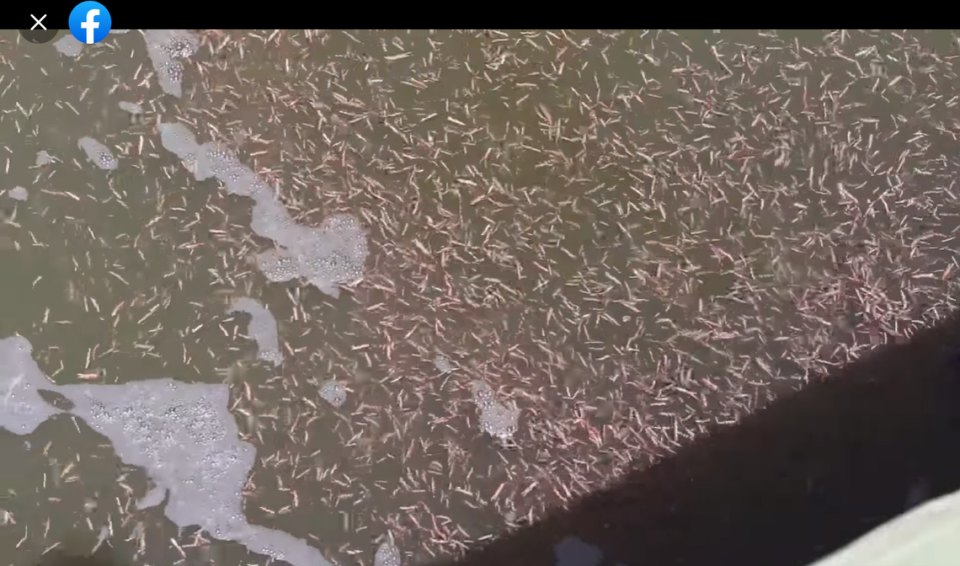Sea worms are swarming South Carolina coast. ‘You may not want to go swimming’ with them
Swarms of four-eyed, hook-jawed sea worms have been spotted along the South Carolina coast, and yes, they can bite.
“Nothing says spring on the coast like… a frenzy of marine worms?” the state Department of Natural Resources said in a social media post, along with video of the swarming critters.
Clam worms, sometimes called ragworms, tend to keep a low profile on the sea bed most of the year, but in spring they “undergo an incredible transformation under new and full moons” called epitoky, according to SCDNR. The newly formed epitokes rush up to shallow coastal waters to take part in a fast-paced, reproductive free-for-all and die shortly after the reproduction process is complete.
“This fascinating phenomenon occurs every year at our marine headquarters in Charleston and is often followed by hungry throngs of fish and birds along the marsh edge,” the post said.

Unappealing as they may be to humans, fishermen sometimes gather up the clam worms to use as bait, according to Walla Walla University. But they must be careful when putting them on the hook because they “squirm violently” and may clamp their pincer-like jaws onto a finger or hand.
“You may not want to go swimming with epitokes, as clamworms do have a set of hooked jaws,” the Department of Natural Resources said. “But it’s hard not to appreciate such an unusual coastal sight.”
Not everyone was so charmed by the worms.
“Reason #2794 to stay out of the ocean,” one person commented.
Another claimed to have had a previous run-in with a sea worm: “I found one in a raw oyster and promptly lost my appetite.”
Earlier this week, a visitor to Hunting Island State Park found an epitoke and was baffled by the discovery.
“What sea creature is this?” she asked in a Facebook post. “In the water at Hunting Island... Lots of them!”
“It’s the epitoke section of a polychaete. Basically, a free-swimming section that the worm grows, that then breaks free and goes out to reproduce,” a South Carolina park ranger responded, adding “they are harmless!”
Harmless or not, the idea of sea worms darting and wriggling around in the water left some worried about their upcoming Hunting Island vacations.
“Ewww! Hope they’re gone in July! 101 days!” one person commented.
“They better get on somewhere before we visit in a few weeks,” wrote another.

